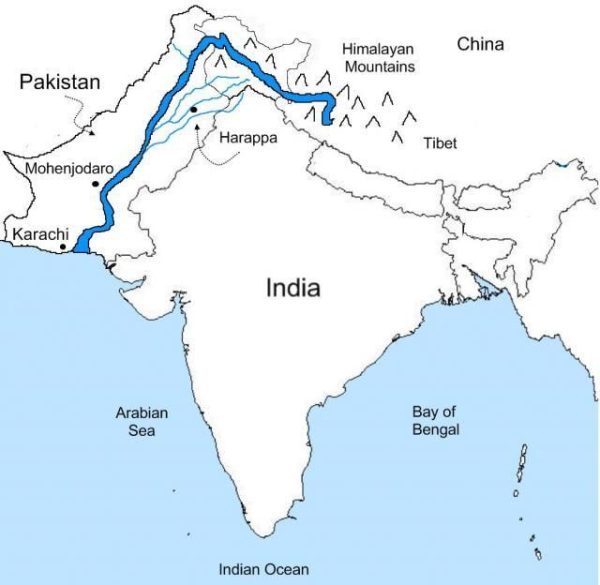
The country’s largest climate adaptation initiative called the ‘Living Indus Initiative’ with the aim to restore the natural routes of the Indus River has been approved by Pakistan.
Senator Sherry Rehman, Federal Minister for Climate Change has stated that the cabinet had already accredited the launch, that is aimed towards shielding the river dealing with severe environmental degradation.
“Living Indus aims to protect Pakistan’s lifeline. Indus River which is our source of food, jobs, water and life. This project will help protect the Indus River and its associated livelihoods, biodiversity and populations” the minister said.
“The Living Indus Initiative will be costing around $11-17 billion and the funds might be managed through the fiscal facilities available,” Rehman said. The authorities are aiming to initiate the assignment at United Nations Climate Change Conference COP 27 also. The UN has additionally assisted the Ministry of Climate Change (MoCC) to expand a detailed document on River Indus to devise a properly-thought method to start its conservation and restoration as a residing river.
River restoration is the method of reintroducing natural techniques to restore biodiversity, presenting benefits to human beings, flora and fauna. Restoring river ecosystems play an important position in fighting weather alternate impacts, making improvements in the ecology and decreasing chances of floods.
Pakistan’s Lifeline
The minister named Indus ‘mother of the nation’ and stated that the effective river fed the whole agricultural lands and populations dwelling along it from the north to the south. “We will should ensure improvement in harmony with nature, not in opposition to nature,” she stated. The 5000 years old historical Indus Valley civilization also flourished on the banks of River Indus.
The River Indus is Pakistan’s lifeline and this asset is the longest river that is crucial to the livelihoods of thousands of humans. But population boom, mismanagement and exploitation of river has led to great degradation and resulting in lost biodiversity.
Environmental degradation
Pakistan has paid a massive amount within the agricultural division due to weather alterations, Rehman added, “This the matter of our survival. The shrinking length of fished and different species is clear proof of environmental degradation and habitat loss within the polluted Indus River.”
The major threatening factors to River Indus are weather change, water scarcity, degraded ecosystems, immoderate use of water resources due to developing demand, growing pollutants and waste, worst planning and insufficient coaching, melting of glacial lakes and floods.
The twenty-five priority interventions majorly included developing nature-primarily based resilience agriculture, salinity control, delta protection, Indus cleaning from industrial effluent, green infrastructure and ground recharge and groundwater governance. The essential sectors included across all interventions are: biodiversity, agriculture, governance, livelihood, pollution, forests, tourism and groundwater. The assignment would operate across the country’s perimeter whereas the non-public quarter would be required to cater and look into financial matters.
The Indus River Basin is covering a large area of around 1 million square kilometres. The source leading in Tibet to the Arabian Sea and connects four nations – Pakistan, China, India, and Afghanistan.


